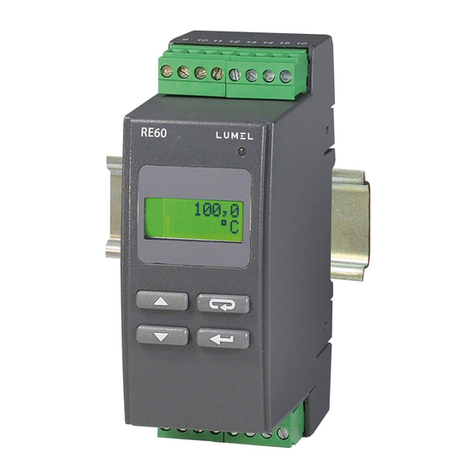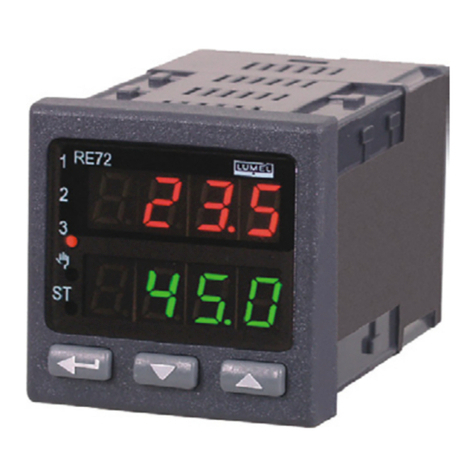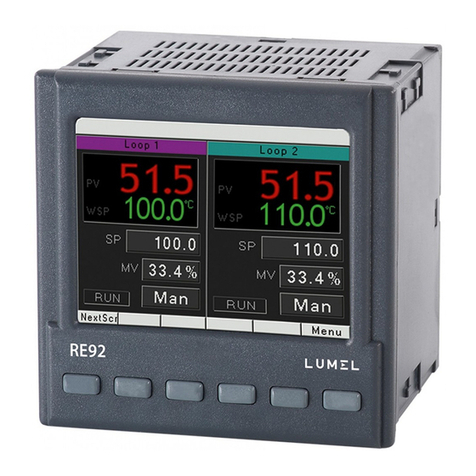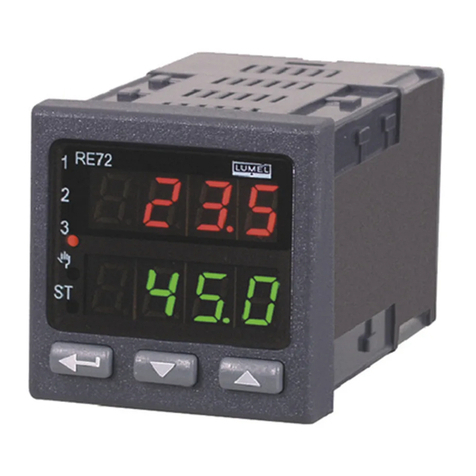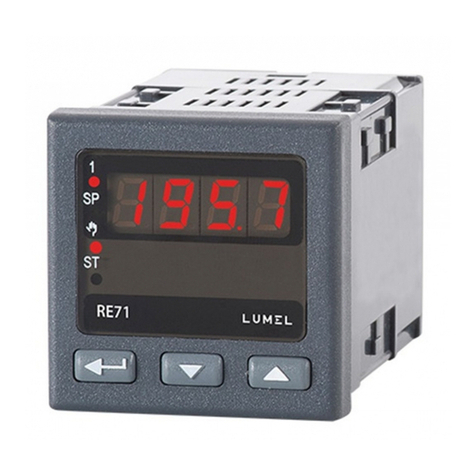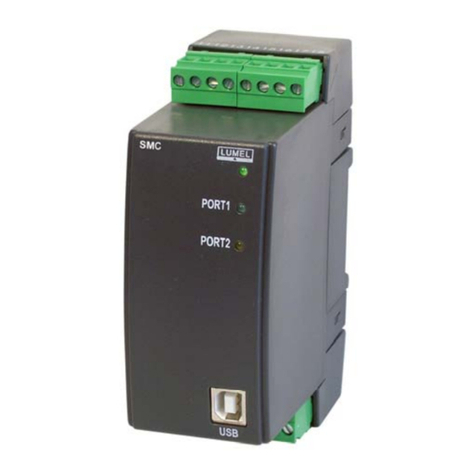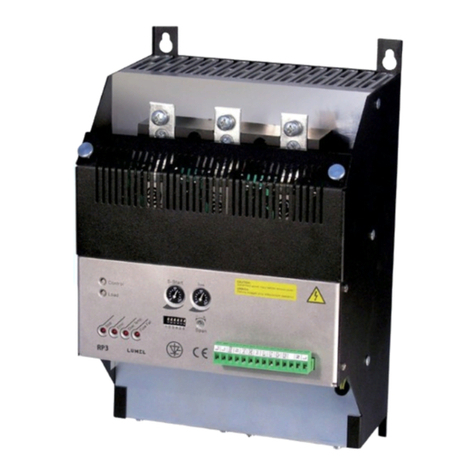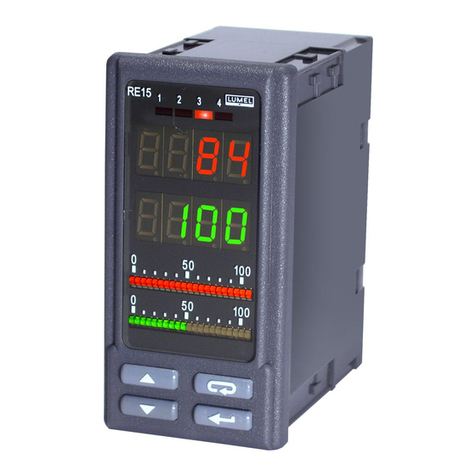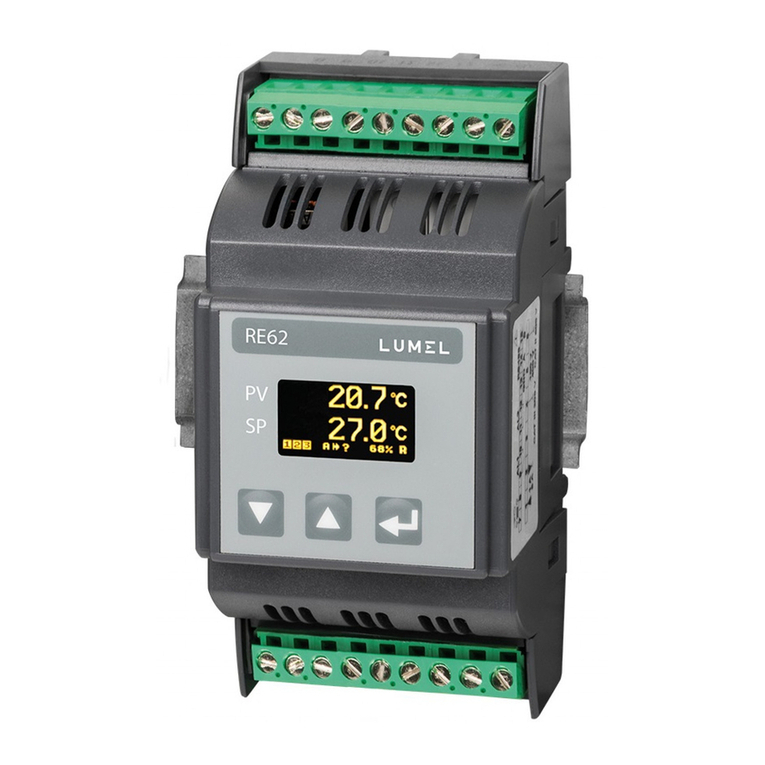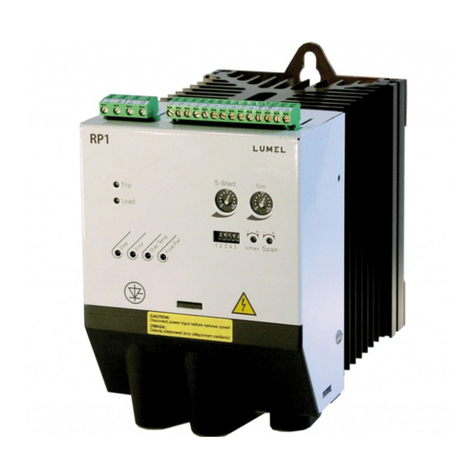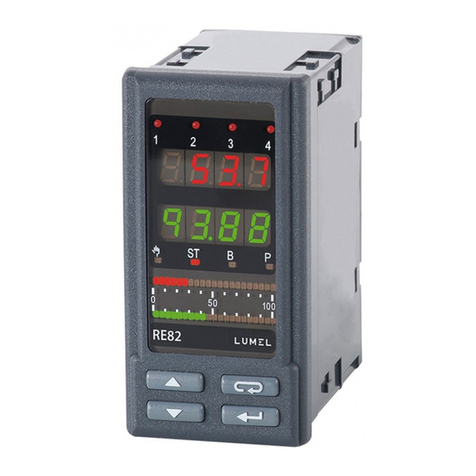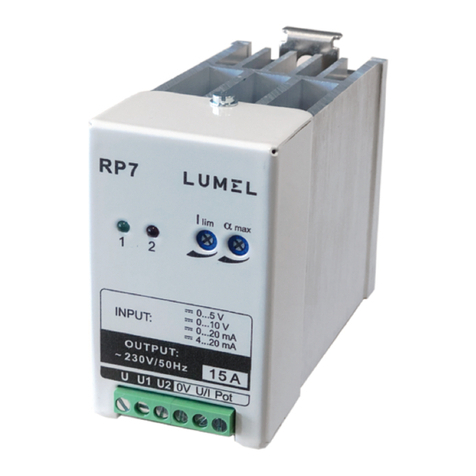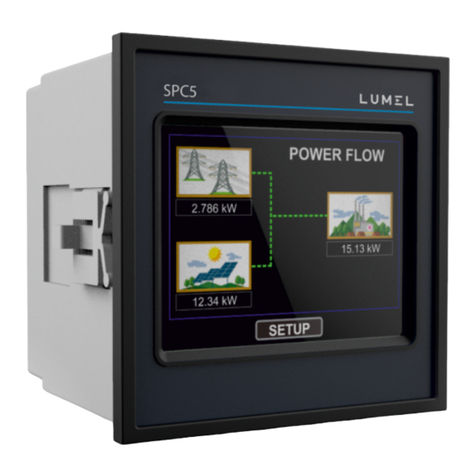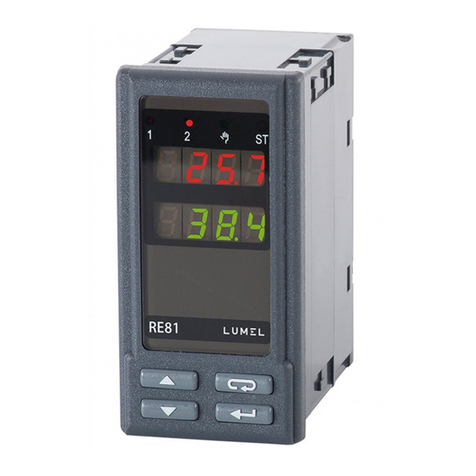3
Contents
1. IntroductIon ..................................................................... 5
1.1.Purpose..................................................................................................5
1.2.Controllerproperties...............................................................................5
2. controller set.................................................................. 6
3. basIc requIrements, operatIonal safety .............................. 7
4. InstallatIon ...................................................................... 7
4.1.Controllerinstallation..............................................................................7
4.2.Electricalconnections.............................................................................9
4.3.Recommendationsforinstallation........................................................14
5. startIng work.................................................................. 15
6. startIng the controller ................................................... 15
6.1.Informationbar.....................................................................................15
6.2.Buttonmarkings...................................................................................16
6.3.Screenwithfixedset-pointcontrol.......................................................16
6.4.Screenwithprogrammingcontrol........................................................17
6.5.Screenwiththetimerfunction..............................................................17
6.6.Changeofdisplayedscreens................................................................18
6.7.Editmode.............................................................................................19
6.8.Contextmenu.......................................................................................21
7. controller confIguratIon................................................. 21
7.1.Menuaccesspassword.........................................................................21
7.2.Programmingmatrix.............................................................................23
7.3.Parametersdescription.........................................................................24
8. Inputs and outputs of the controller................................ 54
8.1.Measuringinput1.................................................................................54
8.2.Measuringinput2.................................................................................55
8.3.Measuringinput3.................................................................................55
8.4.Interfaceinputs1,2...............................................................................56
8.5.Binaryinputs.........................................................................................56
9. controller outputs.......................................................... 58
9.1.Controllingoutputs...............................................................................58
9.2.Alarmoutputs.......................................................................................60
9.3.Timerfunction......................................................................................61
